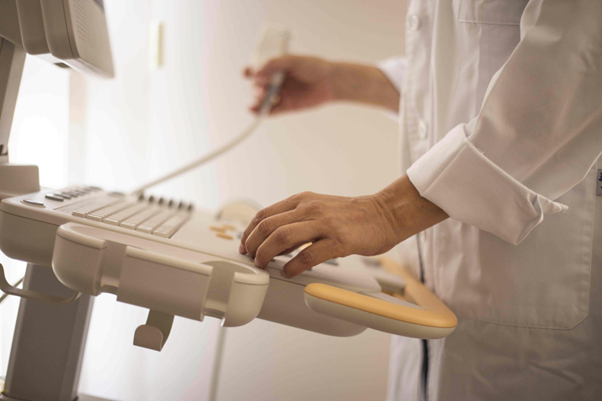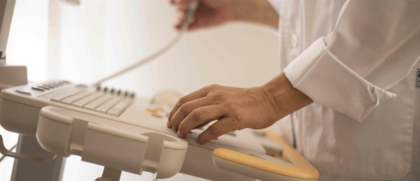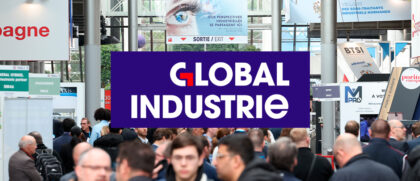News
Stay updated about our Protolis news and events.
Latest news

ISO 13485:A must-have certification for medical device manufacturers
Introduction Protolis has applied for ISO 13485 certification, taking a meaningful step in our journey towards excellence in healthcare standards. ISO 13485 is an internationally recognized quality management system standard specifically designed for medical device manufacturers and suppliers. It emphasizes, regulatory compliance, risk management, and customer satisfaction. Achieving ISO 13485 certification is a testament to […]
Continue readingAll news

ISO 13485:A must-have certification for medical device manufacturers
Introduction Protolis has applied for ISO 13485 certification, taking a meaningful step in our journey…
Continue reading
Protolis at Global Industries Expo 2024
Protolis exhibited at the Global Industries Expo last march, taking the opportunity to engage with…
Continue reading
ISO 13485:A must-have certification for medical device manufacturers
Introduction Protolis has applied for ISO 13485 certification, taking a meaningful step in our journey…
Continue reading
Protolis at Global Industries Expo 2024
Protolis exhibited at the Global Industries Expo last march, taking the opportunity to engage with…
Continue reading